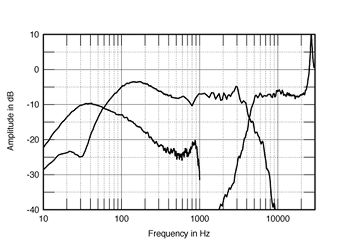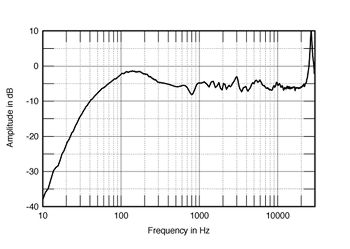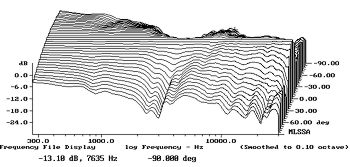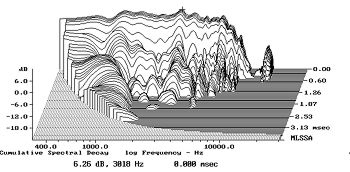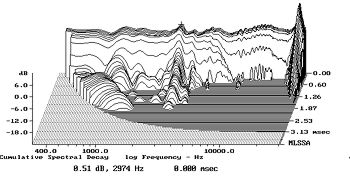- Joined
- Feb 4, 2020
- Messages
- 194
- Likes
- 447
Given the specs on the drivers, system impedance, series inductor losses, and baffle step compensation the 82dB sensitivity is reasonable. Commercial speakers of similar size / impedance / bass extension would be in the same range.

